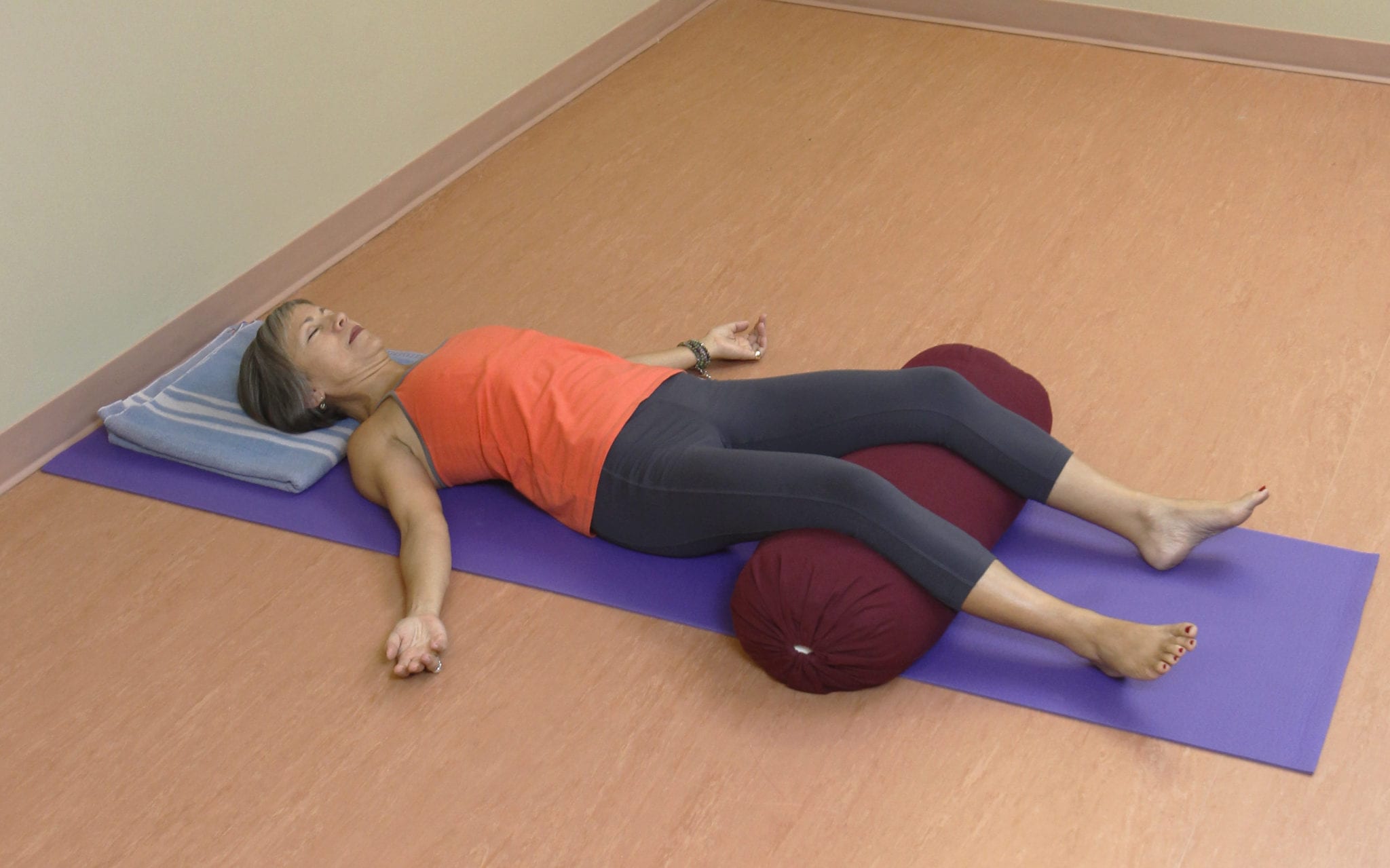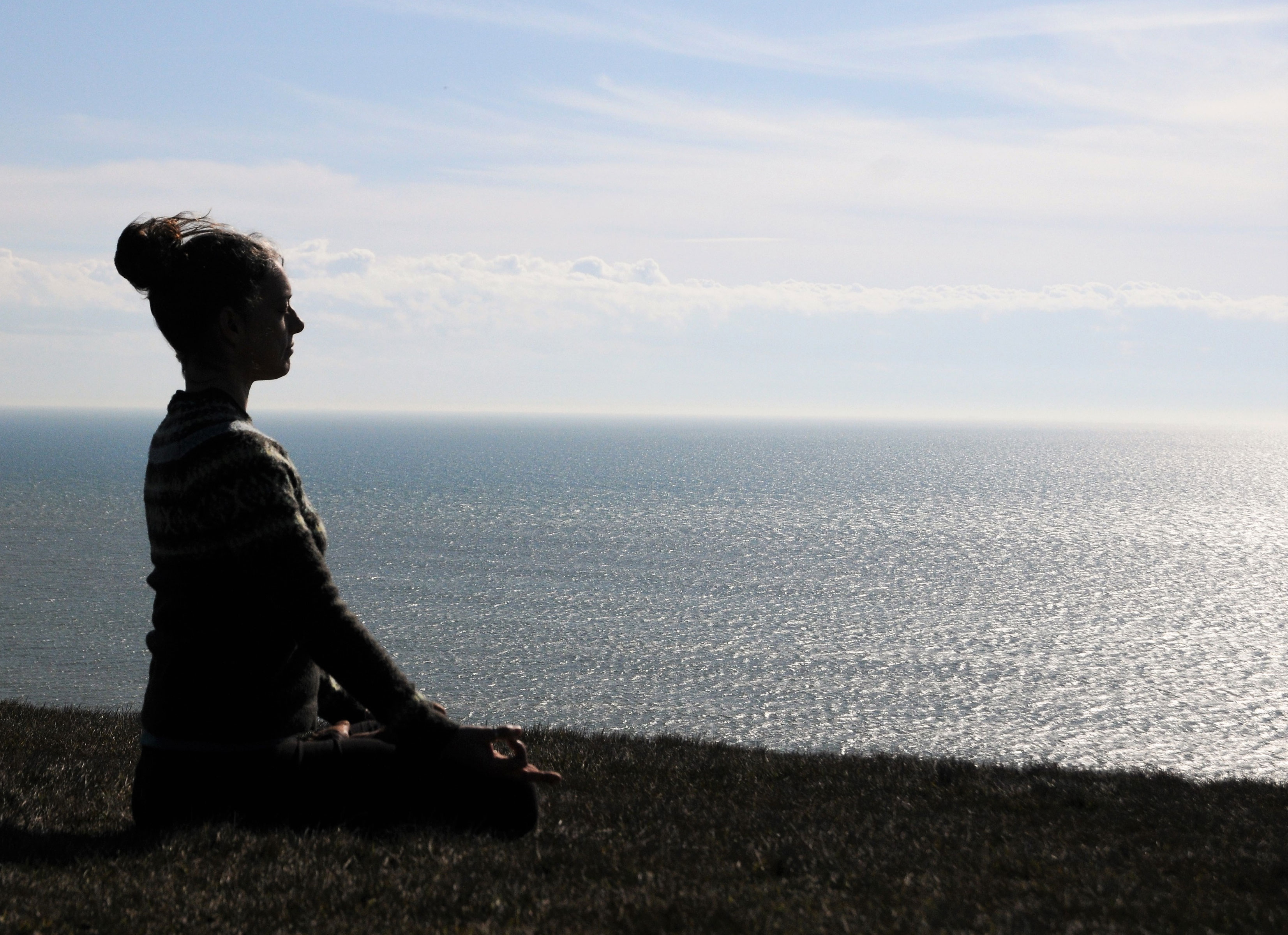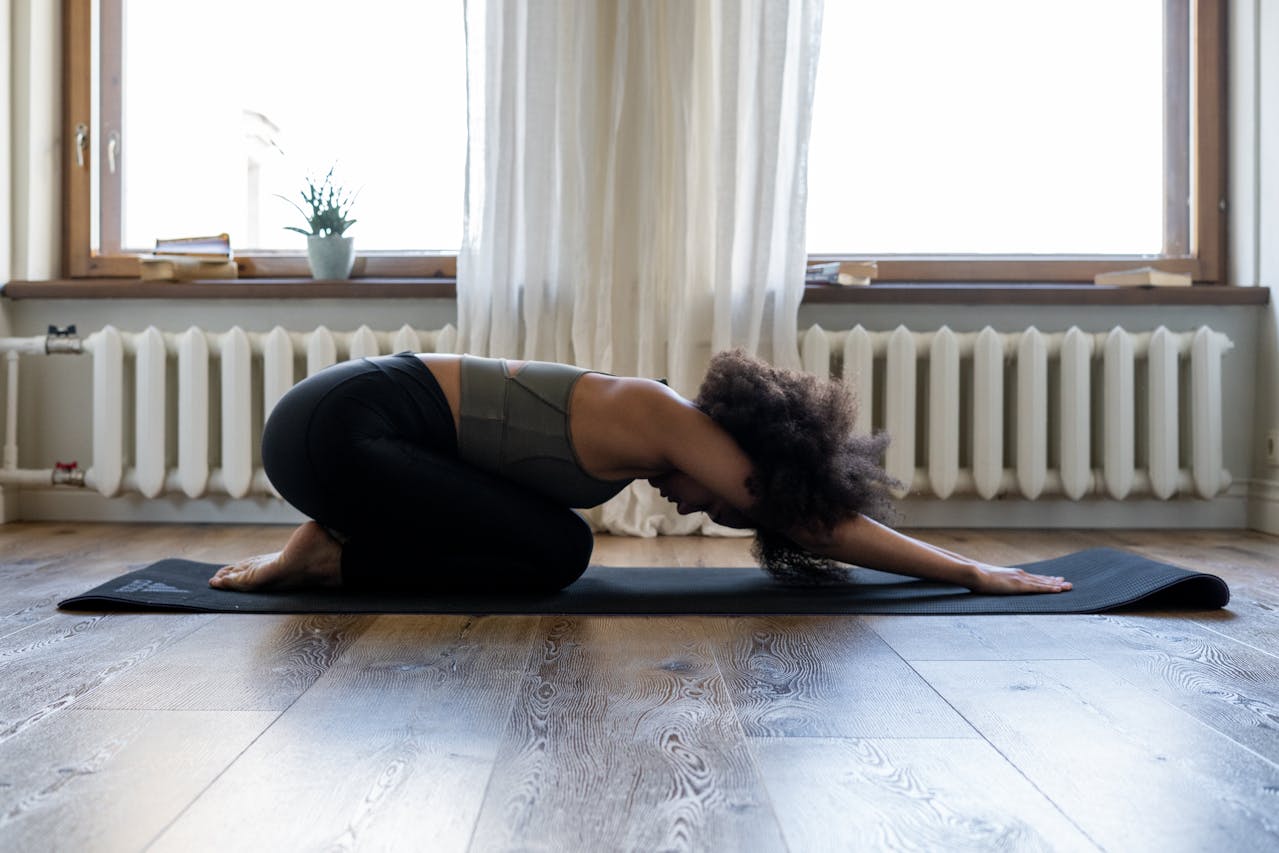Yoga is more than just a physical practice—it’s a holistic journey that nurtures the body, mind, and spirit. As we navigate through the complexities of modern life, the wisdom of a yoga master can be invaluable in helping us maintain balance, mindfulness, and inner peace. Whether you’re a seasoned practitioner or just beginning your yoga journey, the insights from experienced teachers can guide you toward a deeper understanding of yourself and your practice.
In this article, we explore the essential guidance from a yoga master, focusing on practical tips and techniques that can enhance your yoga practice and support a more balanced and mindful life. From breathwork to meditation, from ethical living to deep relaxation, these teachings offer a comprehensive roadmap for anyone seeking to integrate yoga into their daily life.
The Importance of Alignment in Yoga
One of the most crucial aspects of yoga is proper alignment. When practicing any pose, especially those that involve lying down, it’s essential to focus on how your body moves and interacts with the mat. A yoga master emphasizes the importance of understanding the correct alignment for each posture, ensuring that you engage the right muscles and avoid unnecessary strain or injury.
For instance, when practicing Savasana (Corpse Pose), the goal is to achieve complete relaxation. However, if your spine is not properly aligned, you may experience discomfort or even pain. A skilled instructor can guide you in adjusting your position, using props like bolsters or blankets to support your body and allow for a more restorative experience.
Similarly, Balasana (Child’s Pose) is a gentle resting pose that can help release tension in the back and hips. Proper alignment here involves sitting on your heels, extending your arms forward, and allowing your forehead to rest on the mat. A yoga master would teach you how to modify this pose based on your individual needs, whether you have limited flexibility or need additional support.
Breathing Techniques for Mindfulness
Breath is the foundation of yoga. In the words of a yoga master, “The breath is the bridge between the body and the mind.” Practicing conscious breathing can deepen your awareness and help you stay present in the moment. This is especially important during poses where you are lying down, as it allows you to cultivate a sense of calm and stillness.
Pranayama, or breath control, is a powerful tool that can enhance your yoga practice. Techniques such as square breathing or alternate nostril breathing can help regulate your nervous system, reduce stress, and improve mental clarity. A yoga master would guide you through these practices, teaching you how to synchronize your breath with your movements and maintain a steady rhythm throughout your session.
In addition to pranayama, Candle-gazing is another technique that can help build concentration and sense withdrawal. By focusing on a single point, such as a candle flame, you can train your mind to stay focused and develop a deeper sense of awareness. This practice is particularly beneficial for those who struggle with distractions or a wandering mind.
Ethical Living and the Yamas
As a yoga master often reminds students, “Yoga begins with ethics.” The Yamas, or ethical principles, form the first limb of the Eight Limbs of Yoga. These include Ahimsa (non-violence), Satya (truthfulness), Asteya (non-stealing), Brahmacharya (right use of energy), and Aparigraha (non-grasping). Integrating these principles into your daily life can create a more harmonious and meaningful existence.
For example, practicing Ahimsa means being kind to yourself and others, avoiding harm in all forms. This could manifest in choosing a plant-based diet, treating others with compassion, or making choices that align with your values. A yoga master encourages students to reflect on how these principles can be applied beyond the mat, influencing their relationships, work, and overall lifestyle.
Incorporating Cardio and Functional Exercises
While yoga is known for its flexibility and strength-building benefits, adding cardio and functional exercises can take your physical practice to a new level. A yoga master might recommend incorporating activities like jogging, swimming, or cycling to improve cardiovascular health and stamina. This not only enhances your yoga performance but also contributes to overall fitness and well-being.
Functional exercises such as burpees, triceps dips, and squats can target specific muscle groups used in yoga, helping to balance and strengthen your body. Additionally, using tools like gymnastic rings can develop coordination, core stability, and flexibility. A yoga master would guide you in integrating these exercises into your routine, ensuring that they complement your yoga practice rather than overshadow it.
The Benefits of Yin Yoga
Sometimes, the best way to improve is to slow down. Yin Yoga is a practice that involves holding poses for extended periods, typically 3 to 5 minutes. This allows the body to release tension in the joints and fascia, promoting greater flexibility and mobility. A yoga master would encourage students to incorporate Yin Yoga into their routine, especially if they feel stiff or tight.
By practicing Yin Yoga regularly, you can experience a deeper connection to your body and a greater sense of stillness. It’s an excellent complement to more dynamic styles of yoga, offering a space for reflection and introspection. Many studios now offer Yin Yoga classes, making it easier than ever to access this restorative practice.
Scriptural Study and Self-Reflection
A yoga master often emphasizes the importance of scriptural study. Ancient texts like The Yoga Sutras, The Bhagavad Gita, and The Upanishads contain profound wisdom that can guide your practice and deepen your understanding of yoga. These texts explore themes such as self-realization, inner peace, and the nature of the self.
Reading and reflecting on these scriptures can provide valuable insights into your own journey. A yoga master might suggest setting aside time each day for Svadhyaya (self-study), whether through reading, journaling, or meditating on key passages. This practice helps cultivate a deeper awareness of your thoughts, emotions, and motivations, supporting your growth both on and off the mat.
Karma Yoga and Selfless Service
Karma Yoga is the path of selfless service, where actions are performed without attachment to the results. A yoga master teaches that by serving others, you can cultivate compassion, humility, and a sense of purpose. This could involve volunteering at a local charity, helping someone in need, or simply being present for others.
Practicing Karma Yoga helps dissolve the ego and fosters a sense of interconnectedness. It reminds us that our actions have the power to create positive change, both within ourselves and in the world around us. A yoga master would encourage students to find ways to give back, whether through small acts of kindness or larger commitments to community service.
Advanced Teacher Training and Continuous Learning
For those looking to deepen their practice, advanced teacher training offers a unique opportunity to expand their knowledge and skills. A yoga master might recommend enrolling in a 200-hour or 300-hour yoga teacher training program, which provides a structured approach to learning the philosophy, anatomy, and teaching methods of yoga.
These programs not only enhance your personal practice but also equip you with the tools to share yoga with others. A yoga master would emphasize the importance of continuous learning, encouraging students to attend workshops, read books, and seek out new experiences that challenge and inspire them.
Deep Relaxation Through Yoga Nidra
Yoga Nidra, or Yogic Sleep, is a powerful technique for deep relaxation and rejuvenation. It involves guiding the mind into a state of conscious sleep, where the body and mind can release accumulated tension and toxins. A yoga master would teach students how to practice Yoga Nidra, using visualization, breath awareness, and body scanning to achieve a state of profound relaxation.
This practice is especially beneficial for those dealing with stress, anxiety, or insomnia. By incorporating Yoga Nidra into your routine, you can enhance your overall well-being and create a stronger connection between your body, mind, and spirit.
Meditation for Mental Clarity
Finally, a yoga master would stress the importance of meditation in maintaining mental clarity and emotional balance. Regular meditation helps quiet the mind, reduce stress, and increase self-awareness. Whether you’re practicing mindfulness meditation, loving-kindness meditation, or guided visualization, the goal is to cultivate a sense of presence and inner peace.
A yoga master might recommend starting with short sessions, gradually increasing the duration as you become more comfortable with the practice. Using apps or online resources can also be helpful, but a skilled teacher can provide personalized guidance to help you develop a consistent and meaningful meditation practice.
Conclusion
Incorporating the guidance of a yoga master into your daily life can transform your yoga practice and bring a greater sense of balance and mindfulness. From proper alignment and breathwork to ethical living and deep relaxation, these teachings offer a comprehensive approach to well-being. Whether you’re looking to improve your physical health, cultivate inner peace, or deepen your spiritual journey, the wisdom of a yoga master can illuminate the path forward.
As you continue on your yoga journey, remember that progress is not always linear. There will be days when your practice feels stagnant, and that’s perfectly normal. The key is to remain open, curious, and committed to your growth. With the right guidance and a willingness to explore, you can unlock the full potential of your practice and live a more balanced, mindful life.















More Stories
US Trending News: The History and Legacy of Zoo York in Streetwear Culture
What Is Yodo Para Tiroides and How Does It Affect Thyroid Health?
Understanding ‘You Got That Right’ in The New York Times: Context and Implications